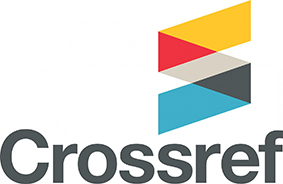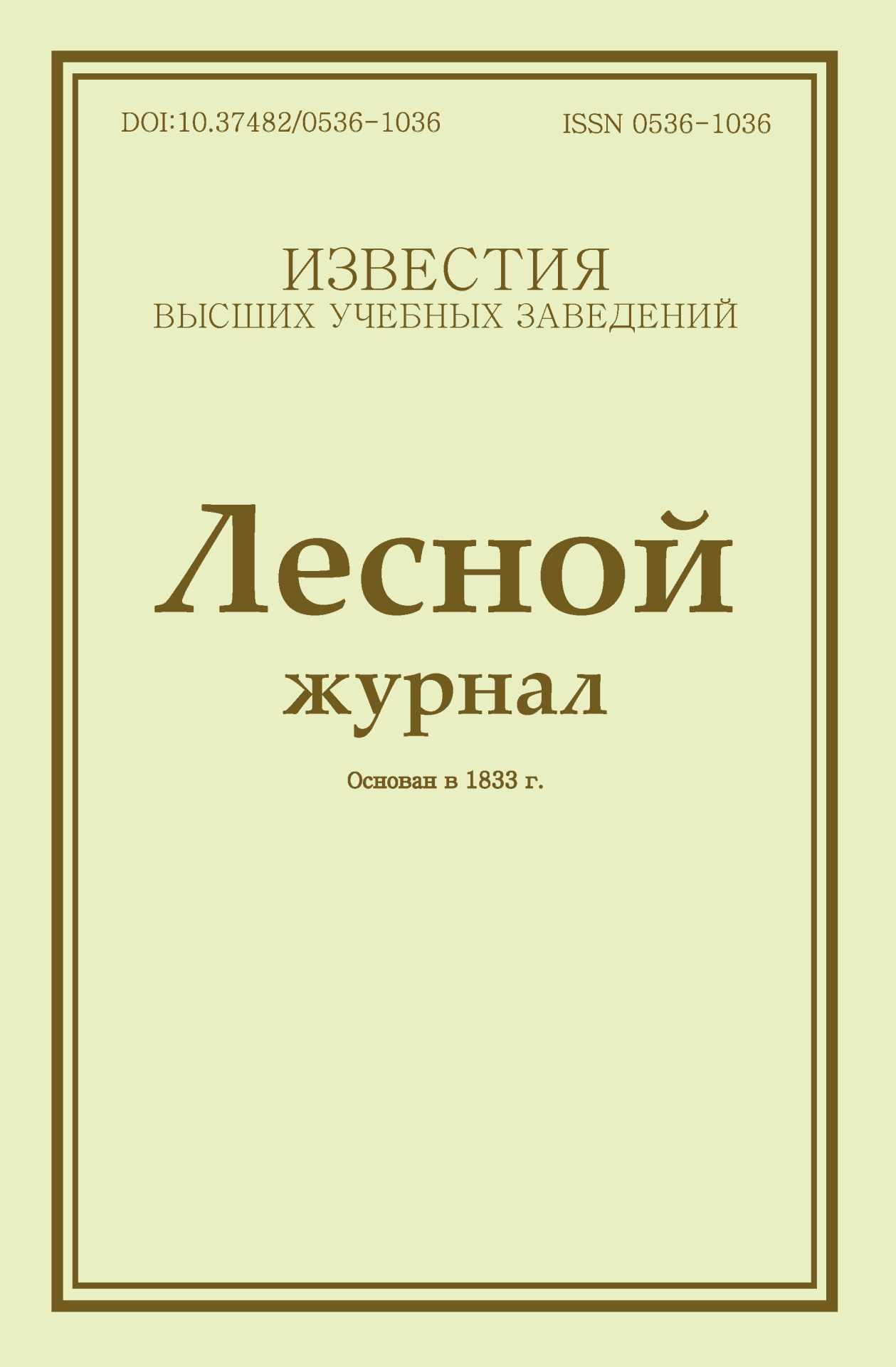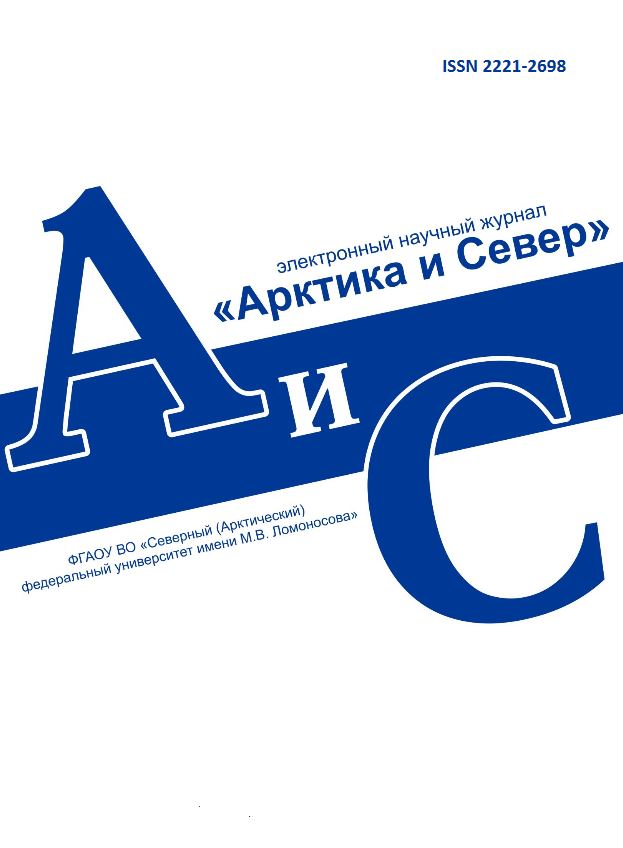Legal and postal addresses of the founder and publisher: Northern (Arctic) Federal University named after M.V. Lomonosov, Naberezhnaya Severnoy Dviny, 17, Arkhangelsk, 163002, Russian Federation Editorial office address: Journal of Medical and Biological Research, 56 ul. Uritskogo, Arkhangelsk Phone: (8182) 21-61-00, ext.18-20
E-mail: vestnik_med@narfu.ru ABOUT JOURNAL
|
Section: Physiology Download (pdf, 1MB )UDC[616.72+615.8]:612.08DOI10.37482/2687-1491-Z049AuthorsOleg S. Vasil’ev*/** ORCID: 0000-0002-7720-375XSergey P. Levushkin*/*** ORCID: 0000-0003-0866-0014 Evgeniy E. Achkasov**** ORCID: 0000-0001-9964-5199 Vladimir I. Lyakh* ORCID: 0000-0001-6257-0488 Alim N. Sharapov* ORCID: 0000-0002-6862-8115 *Institute of Developmental Physiology of the Russian Academy of Education (Moscow, Russian Federation) **Central State Medical Academy of Department of Presidential Affairs (Moscow, Russian Federation) ***Russian State University of Physical Education, Sport, Youth and Tourism (Moscow, Russian Federation) ****I.M. Sechenov First Moscow State Medical University of the Ministry of Healthcare of the Russian Federation (Moscow, Russian Federation) Corresponding author: Sergey Levushkin, address: ul. Pogodinskaya 8, korp. 2, Moscow, 119121, Russian Federation; e-mail: levushkinsp@mail.ru AbstractVarious types of physical activity, including tai chi exercises, have become part of physical rehabilitation of young athletes after knee joint injury. However, many physiological mechanisms of the restorative effect of traditional systems still need to be clarified. We recruited 38 girls aged 10–16 years (mean age 12.5 years, interquartile range [10.8; 13.2] years) involved in different types of physical activity (rhythmic gymnastics and choreography) needing to recover their knee joint function after overuse injury. The subjects were divided into two groups: the main group (physical rehabilitation using a specially developed set of tai chi movements) and the control group (standard course of physical rehabilitation taking place in a physical therapy room). After 2 weeks of rehabilitation, the participants underwent isokinetic testing of the knee joint using the Biodex System 4 Pro (USA). The test results obtained by cluster analysis were typified into three characteristic patterns (χ2 test, p = 0.004): 1) insufficiency of strength parameters (peak torque (PT), peak torque to body mass (PT/BM)) at high speed and insufficiency of functional parameters (PT angle, deceleration time) at high speed; 2) insufficiency of functional parameters (time to PT, deceleration time); 3) insufficiency of strength parameters (PT, PT/BM). It was shown that while the classical means of physical rehabilitation are good for restoring the dynamic muscle parameters (PT), tai chi exercises optimally restore the functional parameters of muscle activation (TP angle and deceleration time).For citation: Vasil’ev O.S., Levushkin S.P., Achkasov E.E., Lyakh V.I., Sharapov A.N. Efficiency Assessment of Tai Chi Exercises in Physical Rehabilitation of Knee Joint in Young Rhythmic Gymnasts and Choreography Students. Journal of Medical and Biological Research, 2021, vol. 9, no. 2, pp. 115–125. DOI: 10.37482/2687-1491-Z049 Keywordsphysical rehabilitation, knee joint injury, tai chi exercises, isokinetic testing, young athletes, rhythmic gymnastics, choreographyReferences1. Miller S.M., Hui-Lio C., Taylor-Piliae R.E. Health Benefits of Tai Chi Exercise: A Guide for Nurses. Nurs. Clin. North Am., 2020, vol. 55, no. 4, pp. 581–600. DOI: 10.1016/j.cnur.2020.07.0022. Vasil’ev O.S. Boevye iskusstva kak sredstvo i metod reabilitatsii: ozdorovitel’nye aspekty boevykh iskusstv [Martial Arts as a Means and Method of Rehabilitation: Health Aspects of Martial Arts]. Boevoe iskusstvo planety, 2005, no. 3, pp. 4–5. 3. Mayer B.O., Murashova A.V. Taytszitsyuan’ kak ob”ekt nauchnogo issledovaniya [Chinese Gymnastics Taiquan as an Object of Scientific Research]. Vestnik Novosibirskogo gosudarstvennogo universiteta. Ser.: Istoriya, filologiya, 2015, vol. 14, no. 4, pp. 86–91. 4. Sartori L., Spoto A., Gatti M., Straulino E. The Shape of Water: How Tai Chi and Mental Imagery Effect the Kinematics of a Reach-to-Grasp Movement. Front. Physiol., 2020, vol. 11. Art. no. 297. DOI: 10.3389/fphys.2020.00297 5. Lan C., Chen S.Y., Lai J.S., Wong A.M. Tai Chi Chuan in Medicine and Health Promotion. Evid. Based Complement. Alternat. Med., 2013, vol. 2013. Art. no. 502131. DOI: 10.1155/2013/502131 6. Zhang Z., Huang L., Liu Y., Wang L. Effect of Tai Chi Training on Plantar Loads During Walking in Individuals with Knee Osteoarthritis. Biomed. Res. Int., 2020, vol. 2020. Art. no. 3096237. DOI: 10.1155/2020/3096237 7. Lu X., Hui-Chan C.W.Y., Tsang W.W.N. Effects of Tai Chi Training on Arterial Compliance and Muscle Strength in Female Seniors: A Randomized Clinical Trial. Eur. J. Prev. Cardiol., 2013, vol. 20, no. 2, pp. 238–245. DOI: 10.1177/2047487311434233 8. Fagher K., Fritzson A., Drake A.M. Test-Retest Reliability of Isokinetic Knee Strength Measurements in Children Aged 8 to 10 Years. Sports Health, 2016, vol. 8, no. 3, pp. 255–259. DOI: 10.1177/1941738116632506 9. Parsons J.L., Porter M.M. Reliability of Measuring Hip and Knee Power and Movement Velocity in Active Youth. Pediatr. Phys. Ther., 2015, vol. 27, no. 1, pp. 82–89. DOI: 10.1097/PEP.0000000000000109 10. Muñoz-Bermejo L., Pérez-Gómez J., Manzano F., Collado-Mateo D., Villafaina S., Adsuar J.C. Reliability of Isokinetic Knee Strength Measurements in Children: A Systematic Review and Meta-Analysis. PLoS One, 2019, vol. 14, no. 12. Art. no. e0226274. DOI: 10.1371/journal.pone.0226274 |
Make a Submission
INDEXED IN:
|
Продолжая просмотр сайта, я соглашаюсь с использованием файлов cookie владельцем сайта в соответствии с Политикой в отношении файлов cookie, в том числе на передачу данных, указанных в Политике, третьим лицам (статистическим службам сети Интернет).




.jpg)

